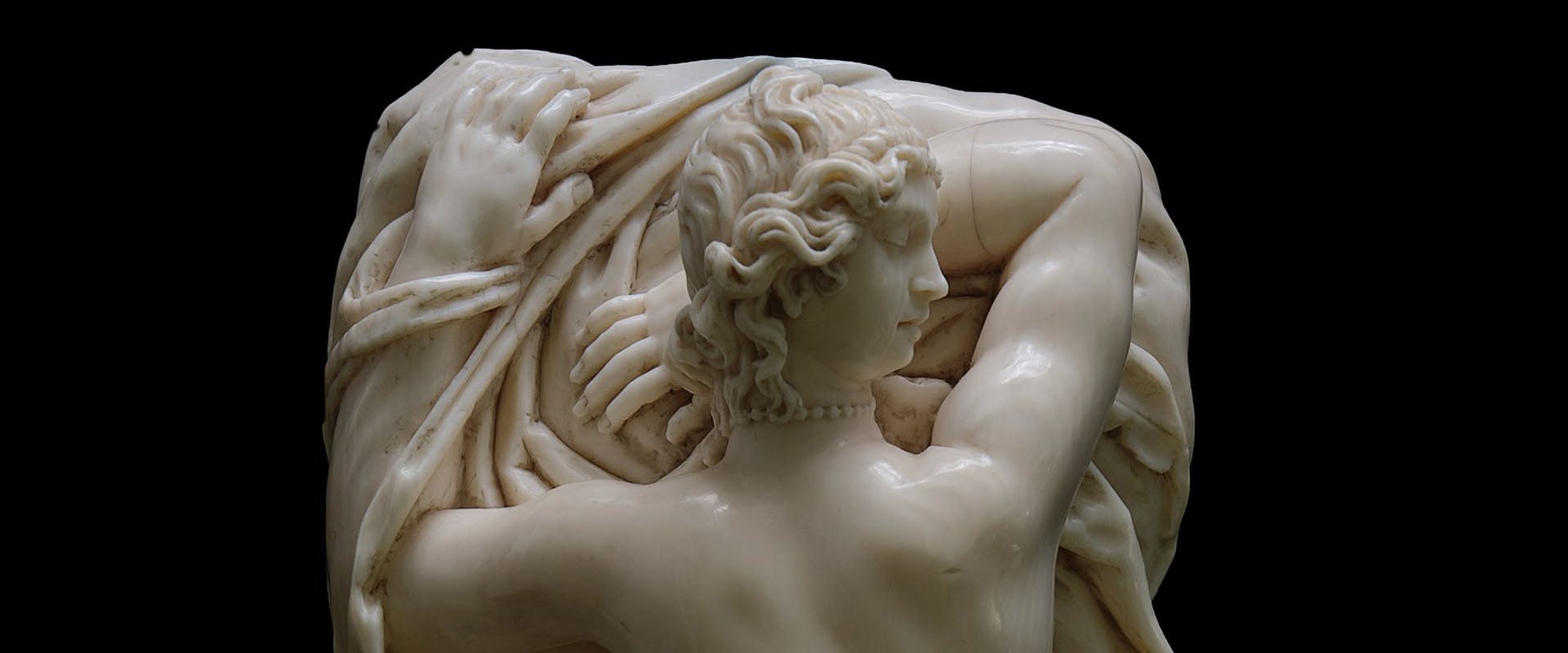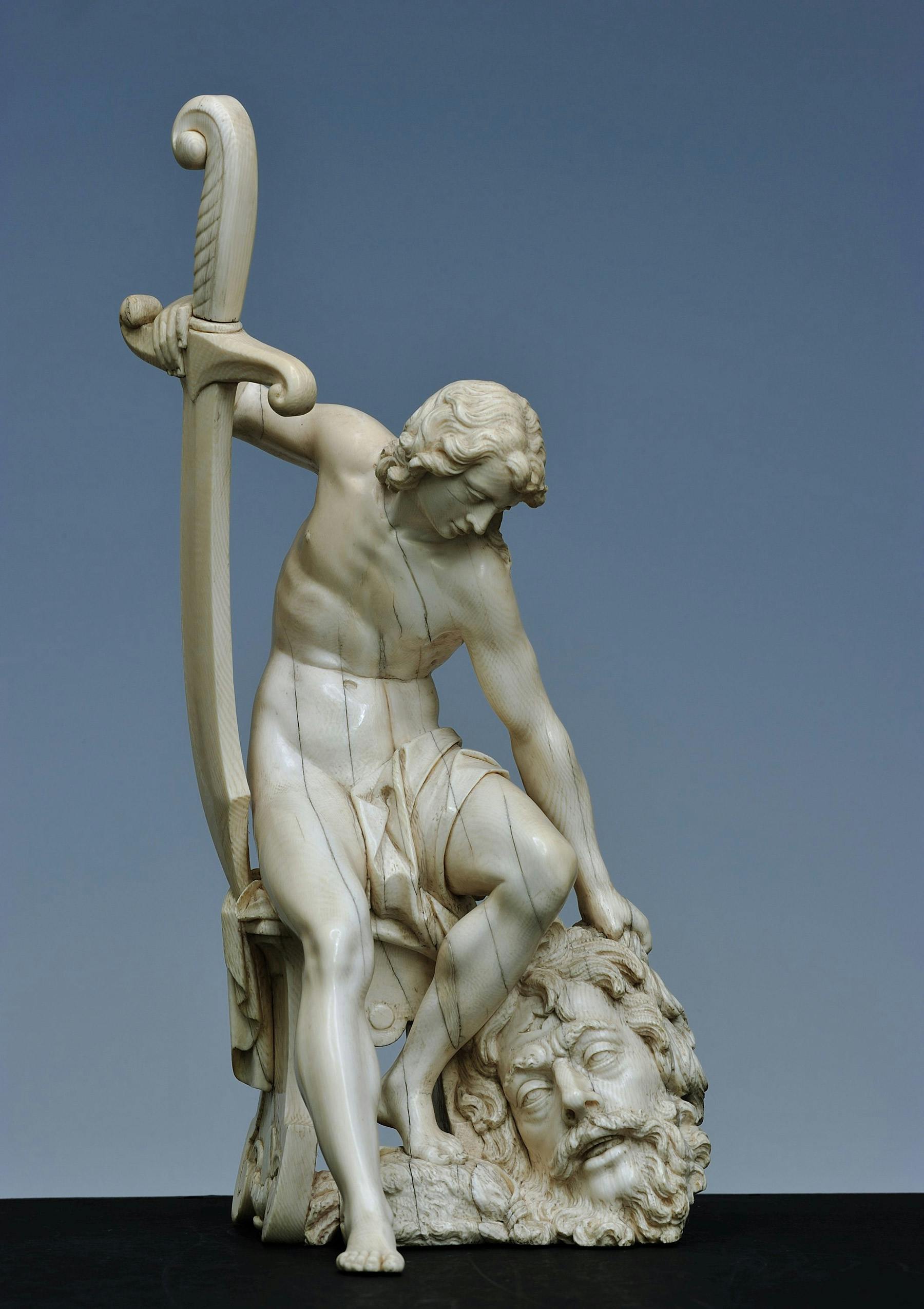Diaphanous Passions - Baroque ivories from the courts of Europe
Collections of sophisticated ivory masterpieces allow the visitor to enter a magical world of graceful objects
From the middle of the 16th century, for almost two centuries, the courts of Europe considered ivory sculpture to be one of the loftiest and most sophisticated forms of artistic expression. Throughout Europe emperors and grand dukes, popes and princes, prelates and wealthy bankers vied for the ivory sculptors’ works, often putting together collections of ivory masterpieces.
Ferdinando I de' Medici (1549-1609) started one of the most spectacular collections of carved ivory in Europe.
In terms of its size, quality and importance, the Medici collection could only be compared to the one of the imperial court in Vienna and those in Dresden and Munich.
Despite their international importance, no specific exhibition either in Italy or abroad has ever been devoted to Baroque ivories. Ivory carving is the result of talented craftsmanship and this exhibition wants to highlight the beauty and importance of works of art made in ivory present in the collection at the Silver Museum in Palazzo Pitti.
This temporary exhibition is composed by over one hundred and fifty pieces both from the Florentine collection and from leading foreign museums, along with other ivories from private collections never exhibited before in public.
The exhibition is divided into several sections tracing the art of ivory carving from the 15th century, when it caught Lorenzo de’ Medici’s attention, through the High Renaissance and later, right up to the explosion of the Baroque with works by the most famous Flemish and German sculptors, such as Leonhard Kern, François Duquesnoy, Georg Petel and Balthasar Permoser.

